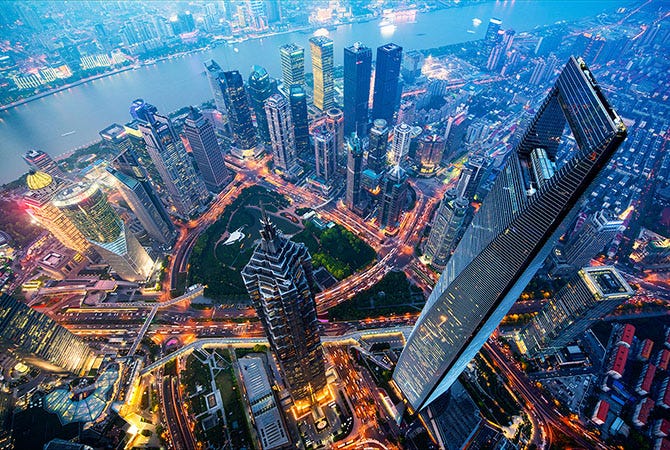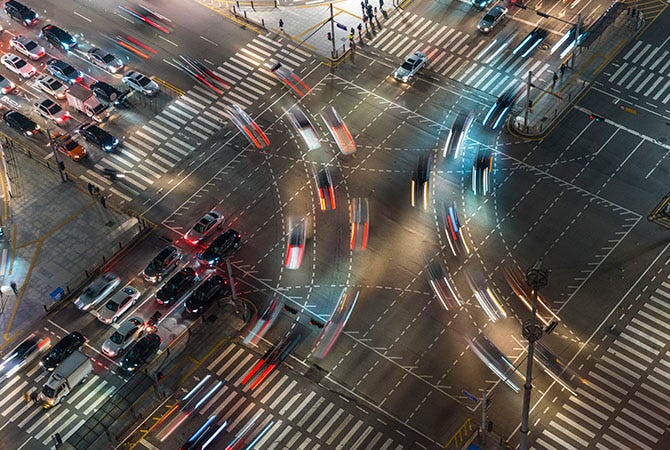
To reach the true potential of a “smart city,” AI processing will have to move from the cloud onto secure local devices, maintaining individual privacy, reducing data transfer rates, and enabling quicker reaction times for critical systems.
OCCUPANCY DETECTION
With Coral, building managers can detect human presence in a privacy preserving way in order to optimize lighting, climate, and energy utilization, drastically reducing their cost of operations and carbon footprint.

PEDESTRIAN SAFETY
Coral can utilize cameras and image classification techniques to assist people at intersections, and help drivers become more aware of their surroundings. Coral on public buses and vehicles can also monitor for pedestrians and bicyclists when turning or opening doors.
TRAFFIC FLOW
Coral enables sensors on the road and at critical gateways that can help optimize city-wide traffic flow, accommodating for peak traffic hours, special events, weather conditions, and accidents.

POPULATION FLOW
A distributed network of Coral enabled sensors can help city planners understand population flow in physical spaces such as parks, streets, workplaces, or retail centers in a privacy-preserving manner. Feeding that data into a larger model can help distribute shared resources efficiently and improve incident response.

AIR QUALITY MONITORING

Using Coral, governments and companies can build fast and efficient solutions that identify air contamination problems and create preventive measures to limit emissions.
Google Coral devices for Edge AI have released to the market, if you’re interested, you can purchase online. Google has lots of Coral distributors, Mouser, Gravitylink, etc.

for your convenience, I‘ll put the link: https://store.gravitylink.com/global





评论
发表评论